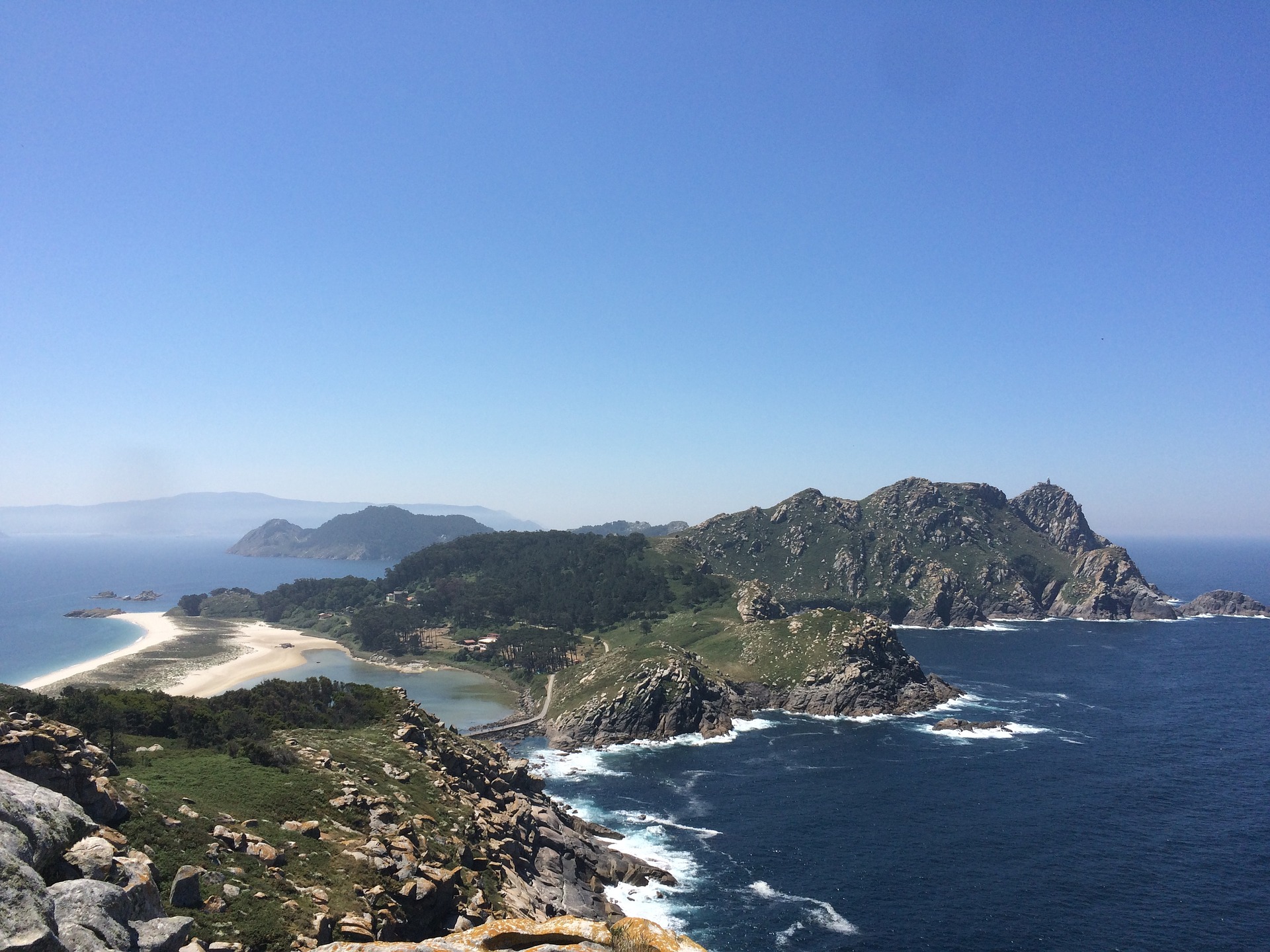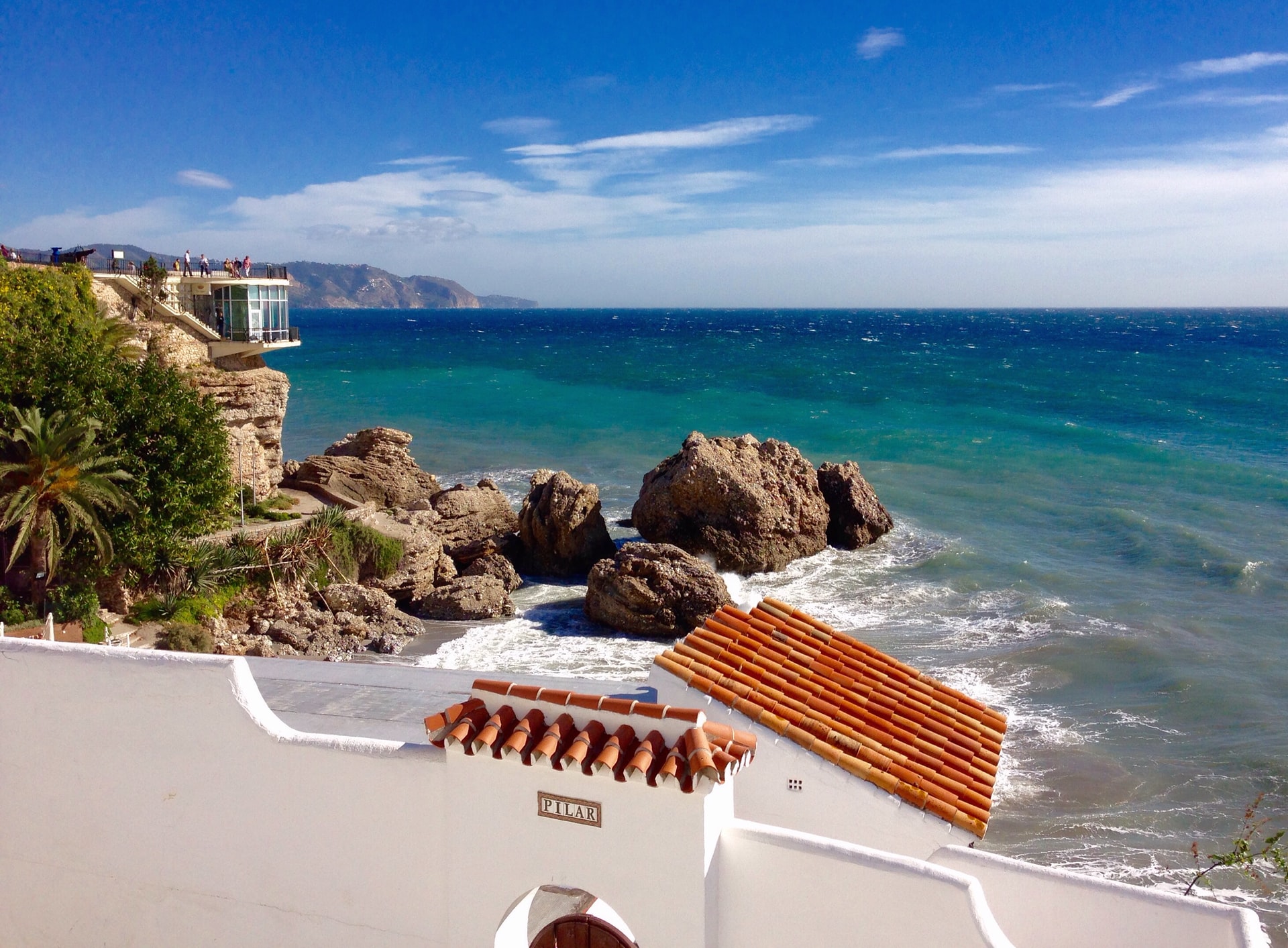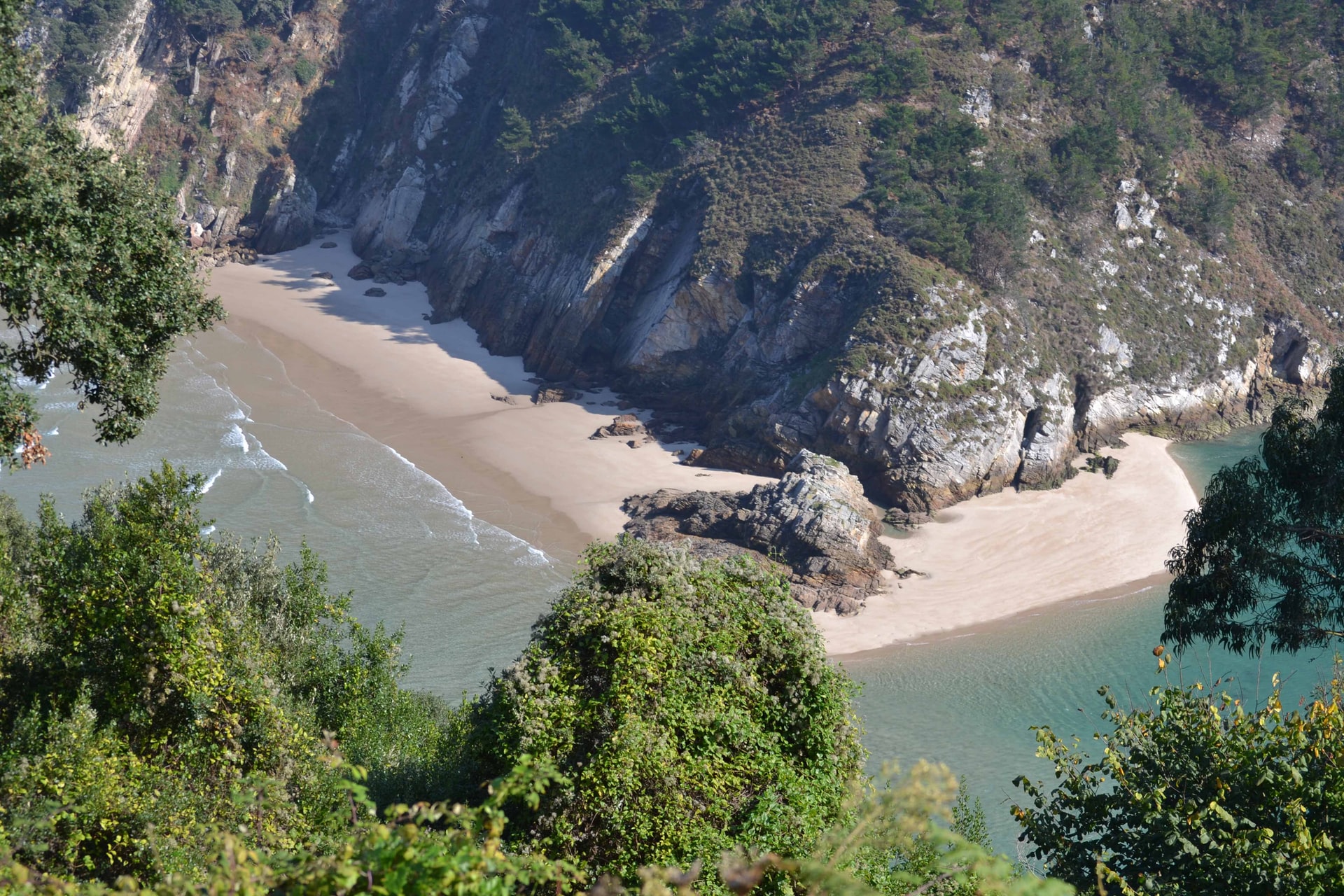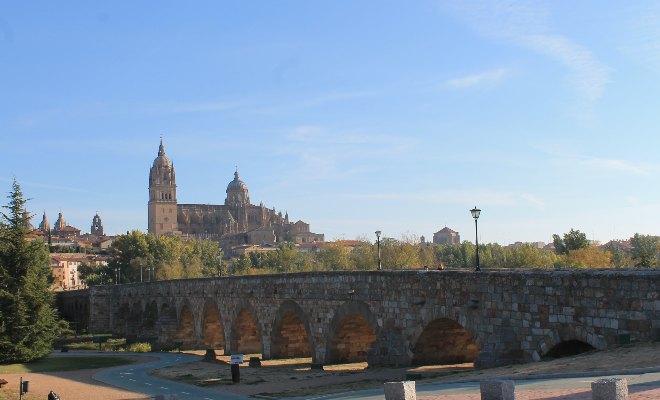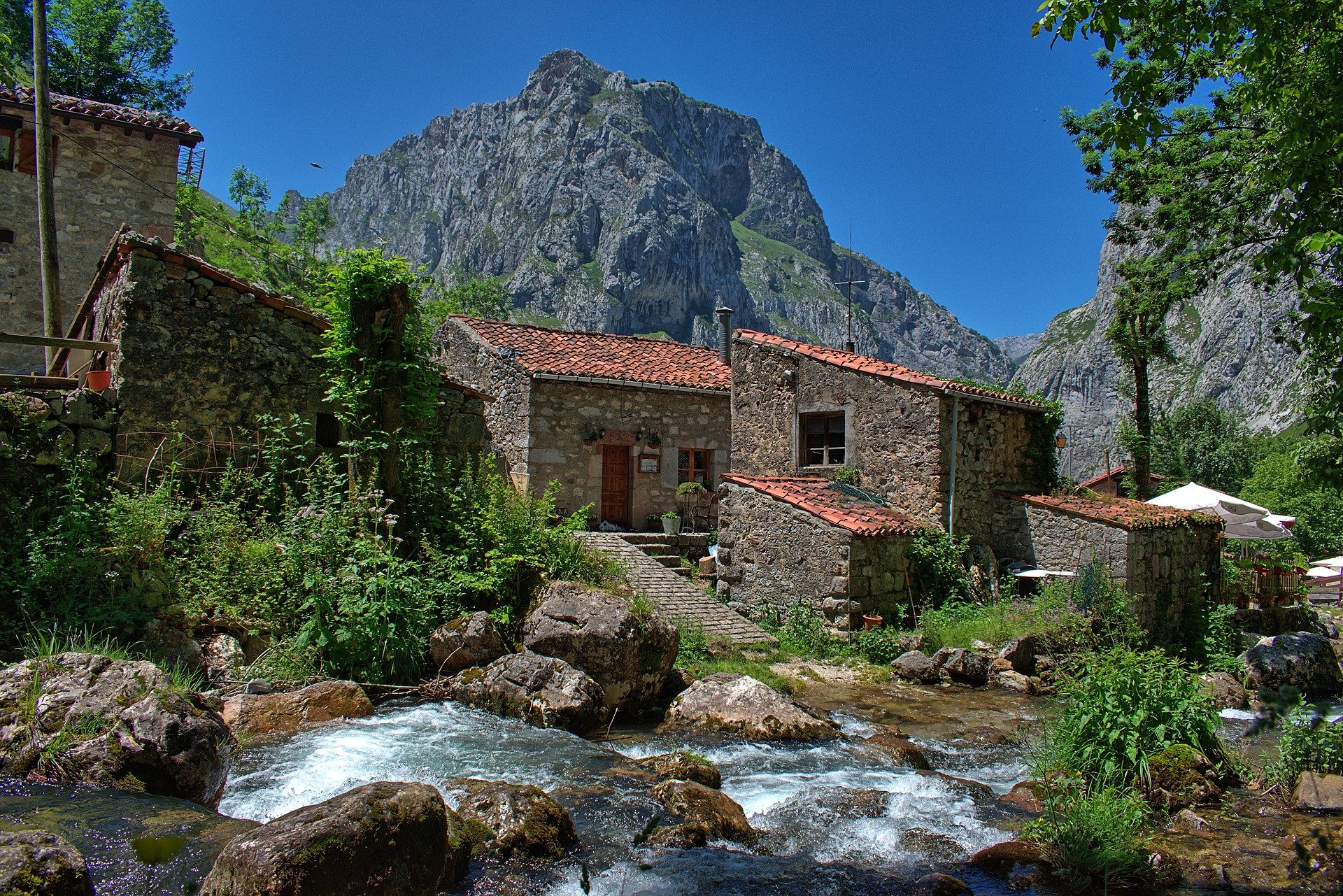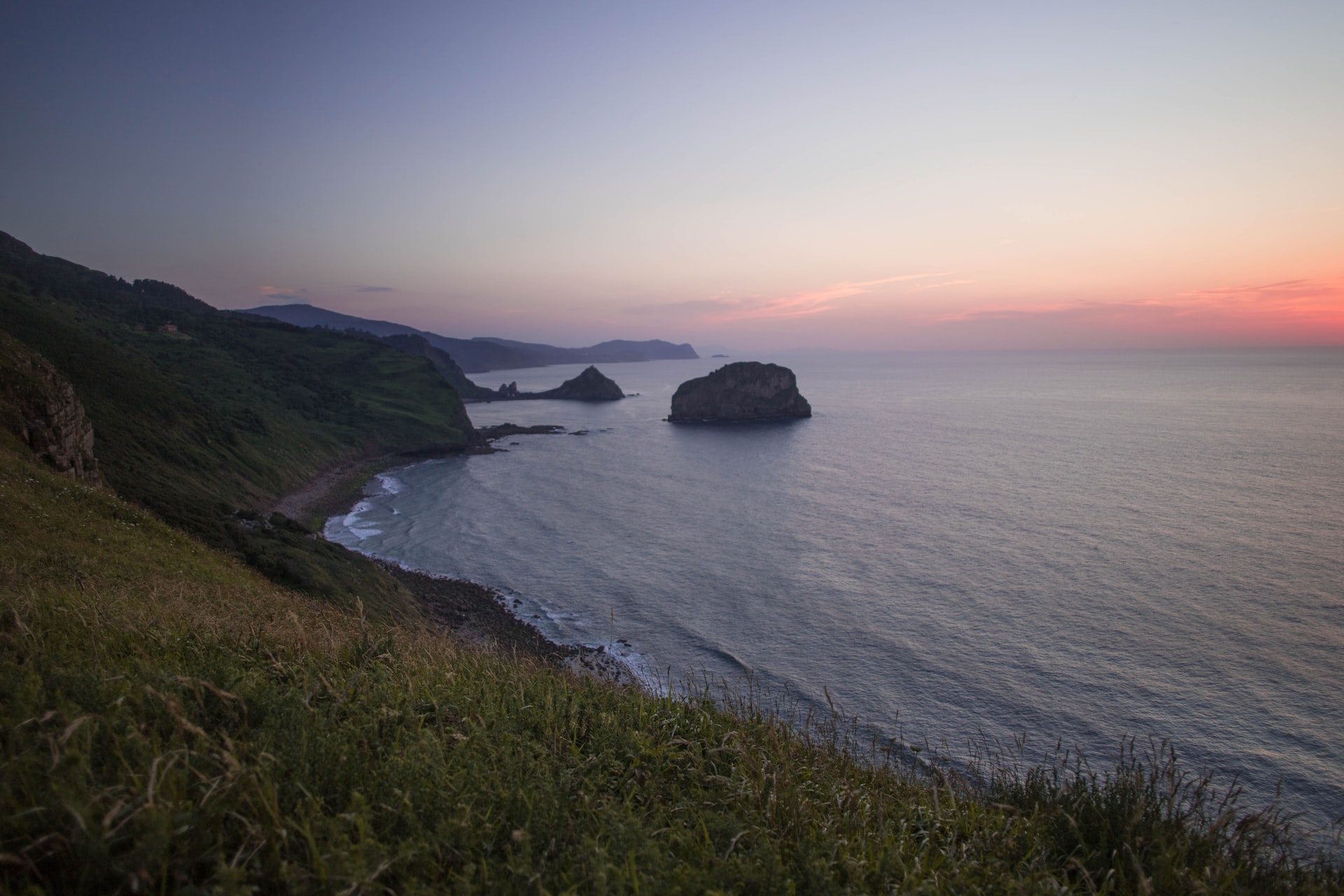
Official UK partner to the Paradors, Pousadas, Pestana Hotels & Resorts, Les Collectionneurs (Chateaux), and European Hotels Collection. Keytours International, formerly Keytel International, your agent in the UK.
Exploring Aragon
Lorna Roberts is undoubtedly a Parador expert having explored every nook and cranny of Spain and visiting almost all of the Paradors throughout her experience as their Irish Agent and leading numerous escorted tours across Spain using these wonderful hotels.
Here she shares her knowledge of the tremendous region of Aragon and its Paradors:
ARAGON stretches for over 400 Km from North to South, from the Pyrenees on the French border to the southernmost point in the province of Teruel. It contains 3 provinces, HUESCA, ZARAGOZA and TERUEL, all with capital cities bearing the name of the province. There is great variety ranging from the highest mountains in the Pyrenees and the Maestrazgo mountain ranges in Teruel, the fertile plains of the River Ebro and the lush valleys of its tributaries, and the arid areas on the high plain. The Desert of Calandra stretches across parts of Zaragoza and Teruel. The province has fine examples of Moorish, Gothic and Romanesque architecture and well-preserved medieval villages.
Zaragoza Province
ZARAGOZA is the central province of Aragon lying between Huesca to the north and Teruel to the south. It is crossed by the River Ebro resulting in fertile plains covered with almond blossom in Spring as well as vineyards and a variety of other crops in the area around Calatayud, the second largest town in the province, renowned for its Mudejar architecture and its Celtic and Roman remains. Trout streams, the Reservoir of La Tronquera with its nature reserve make the area around Nuevalos and the Cistercian Monastery of La Piedra a popular tourist destination.
The city of ZARAGOZA is not only the capital of the province but also capital of the region of Aragon. Different eras of history are represented with the Romanesque and Gothic styles of the Cathedral, the Basilica of Pilar beside the River Ebro and the Palace of Aljaferia, the Gothic palace of the Catholic kings.
Many smaller towns are rich in history, such as Sos del Rey Católico, a small walled town in the east of the province which was the birthplace of King Ferdinand. Luna, associated with Papa Luna, has two palaces and Tarazona has a Gothic Cathedral. A new Parador is due to open in coming years in the Cistercian monastery at Veruela which dates back to the 12th century.
The PARADOR DE SOS DEL REY CATÓLICO is built in typical Aragonese style so blends into the historic and artistic ambience of the walled town, From the Parador are views of both Aragon and neighbouring Navarra as well as the foothills of the Pyrenees.
Teruel Province
TERUEL is the most southerly province in Aragon but also the coldest in winter. It is a rural province much of which is high causing the extremes of temperatures dropping to -19 in the mountains in winter and rising to over 40 degrees on the plains in summer. Ski resorts have become popular in the snow-clad mountains in winter. In the rural and farming countryside, apart from rearing pigs to provide the famous “Jamón de Teruel” there are many attractive villages and small towns with stunning architecture reflecting the different periods of history in the area, as seen in the medieval towns of Albarracín and Mora de Rubielos, Alcaniz on the River Guadalope, the historic town ofValderobres and Cantavieja in the Maestrazgo.
The city of TERUEL, at a height of 915 metres, was declared a UNESCO World Heritage Site for its Mudejar architecture (a mixture of Islamic and Gothic styles) seen all over the city, notably the Cathedral and the Towers of Salvador and San Pedro. The walled city which is entered through arches was occupied by the Moors until it was liberated by Alfonso II in the 12th century. The green of the tiled Mudejar buildings is reflected in the ceramics for which the city is famous. Close to Teruel is Dinopolis, a museum displaying archaeological remains and a theme park featuring dinosaurs.
There are 2 Paradors in the province.
The PARADOR DE TERUEL, a former palace built by the Moors, was recently refurbished in the local style. It has a large garden with a seasonal swimming pool and tennis court. It is on the edge of the city on the main road from the Mediterranean coast to Burgos.
The PARADOR DE ALCAÑIZ, the former castle of Calatrava dating back to the 12th century, stands on the hill of Cumbre de Cerro Pui-Pinos with far reaching views of the Maestrazgo area and retains many original features including the keep, the Gothic walls and the 18th century Aragonese palace.
Huesca Province
HUESCA is the most northerly province with spectacular Pyrenean scenery and ski resorts such as Candanchu, Astun and Formigal. The mountains rise to 3350 metres at the Tres Sororo Summit in the Ordesa National Park close to the French border. The River Cinca flows down from the mountains through Bielsa, to Ainsa, where the 12th century church and Plaza Mayor of the old town stand on a hill above the modern town. Many other rivers tumble down deep valleys in which local dialects of the Aragonese language can still be heard. In the foothills is the Somontano, a region becoming renowned for its excellent wines, from the area around the town of Barbastro and the pretty Medieval village of Alquezar, a historic and artistic compound with examples of cave drawings.
The mountain pass at Somport is the Spanish starting point of one of the routes of the CAMINO DE SANTIAGO following the valley down to the town of Jaca, formerly the capital of the Kingdom of Aragon for a thousand years. From Jaca the route continues to Pamplona where it joins the French Way and continues to Santiago. Close to Jaca is the Monastery of San Juan de la Peña, a retreat which is built into a rock with an 11th century church.
HUESCA, the capital of the province, was founded in 30 BC by Augustus and was later inhabited by Arabs before being recaptured by Peter 1 of Aragon in 1096 and was the capital of Aragon until 1118. The city’s best-known landmarks are the Gothic Cathedral and the Monastery of San Pedro el Viejo, one of Spain’s oldest Romanesque buildings with a cloister dating back to 1140.
The PARADOR DE BIELSA is 14 Km from the small town of Bielsa. It is built in the style of a mountain refuge in a most tranquil setting beside the entrance to the Ordesa National Park and Monte Perdido. The Cinca River flows past the Parador as it descends from the mountains.
If you are interested in escorted tours to the Paradors, please contact us. Lorna can tell you virtually everything there is to know about the Paradors of Spain, and she will be very happy to arrange all your booking requirements.

